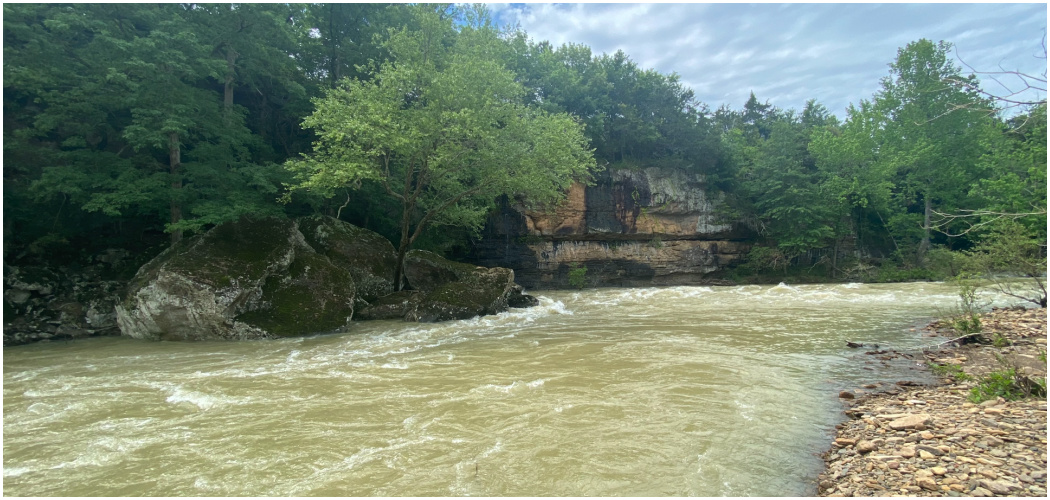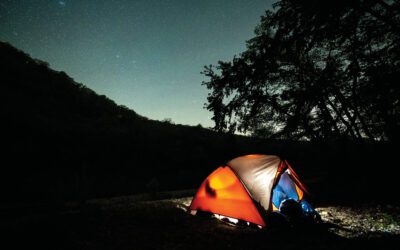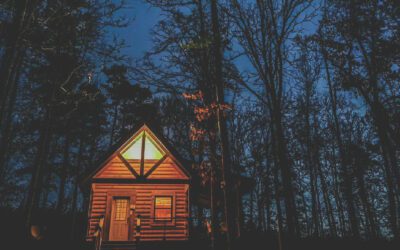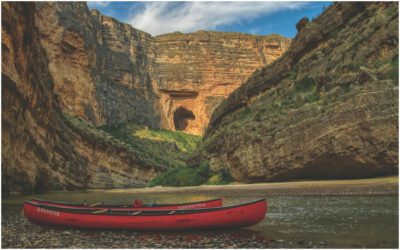[title subtitle=”WORDS Scott Faldon
IMAGES courtesy Scott Faldon and Holly Morgan”][/title]
Once school starts, a lot of people put their kayaks away. But for those who don’t, there are plenty of great floating and fishing opportunities.
Floating
Thanks to lower temperatures in September, fewer people, and a bit more rain, late summer and early fall floating can be better than summertime trips.
Of course, the first step in planning a trip this time of the year is checking the water levels if you’re wanting to run a river. AmericanWhitewater.org and WaterData.usgs.gov have updated information from river gauges around the region.
Be honest about the kayaking abilities of each individual in your group. Don’t try to run a Class III stretch if your least-experienced boater has trouble with Class II water. Also, be sure to check the gauges the morning of your intended float trip – especially if a significant rain fell the night before.
Fishing
This time of the year is prime topwater season for fly fishing. Tie on a hopper or popper and you’ll find willing bites from just about everything swimming – from smallmouth in mountain streams to brown trout in tailwaters.
There are several ways to fish hoppers. The first one is to think about how a real grasshopper reacts when it accidentally jumps into the water. They scramble frantically for dry land, so short constant strips of your fly line are a great way to draw a strike. But that won’t work every time. Sometimes, you’ve got to dead drift the hopper and make just the subtlest of movements with your rod tip to entice a bite.
Vary your retrieve until the fish begin to tell you what will work. And they will tell you. Look for heavily vegetated riverbanks with tall grass or overhanging trees. Cast as close to the bank as possible and begin your retrieve. Be ready, because topwater strikes can range from explosions to slight sips that suction the fly off the surface. The famous hopper-dropper combo of a grasshopper fly paired with a nymph or San Juan worm is a classic later summer tandem rig.
Where To Go
The Mulberry, Big Piney, Frog Bayou, Lee Creek, upper Illinois River and, of course, the iconic Buffalo River are great options for late summer floats. As the leaves start to change deeper into the fall, the Buffalo might be the best place to be in Arkansas for leaf peeping. Those same streams work well for fishing trips as well. Add in the King’s or Crooked Creek for smallmouth fishing and the Little Red or White Rivers for trout.
You’ll either need two vehicles to shuttle between the start and end points of your float, or you can arrange a shuttle through various outfitters on some of the rivers. Guidebooks like A Canoeing & Kayaking Guide to the Ozarks by Tom Kennon and Paddling the Ozarks by Mike Bezemek are great starting points for research.
If the water isn’t flowing enough to run a river, the abundant lakes around the Fort Smith region make nice backups. From Wells Lake at Chaffee Crossing to Lee Creek Reservoir in Van Buren to Lake Hinkle west of Waldron to Wister Lake or Cedar Lake in Oklahoma, there are dozens of smaller bodies of water perfect for paddling trips.
What To Take
While we often have ninety-plus degree days in September, the days can start and end much cooler. More important than the air temperature is the water temperature. Dress as if you’ll wind up in the water. Avoid cotton and instead wear a moisture-wicking clothing layer so you can shed clothes as the temperature warms up. Keep a full set of spare clothes in a dry bag on cooler days just in case they are needed.
A high-quality personal floatation device is always your most-important safety item. Unlike life jackets used for boating, PFDs designed for kayaking are more comfortable and less restrictive while paddling thanks to their low-profile designs. A whistle attached to your PFD for signaling and a throw bag of rope for pulling other boats round out a basic safety kit. Don’t forget the sunscreen.
While sandals from brands such as Chaco and Teva can be the right footwear choice for summer floating, closed-toe water shoes like those by Astral or Keen or insulated options by NRS are better for cooler water.
Quality dry bags such as Sea to Summit’s Big River Dry Bag which will protect your phone, spare clothes and vehicle key fobs are needed. A small cooler like an IceMule will strap in behind the seat to hold drinks, snacks, and lunch.
Planning your next outdoor adventure?
Visit The Woodsman Company in Fort Smith, Arkansas for all your adventure needs!
5609 Rogers Avenue, Fort Smith, Arkansas
479.452.3559
thewoodsmancompany.com




